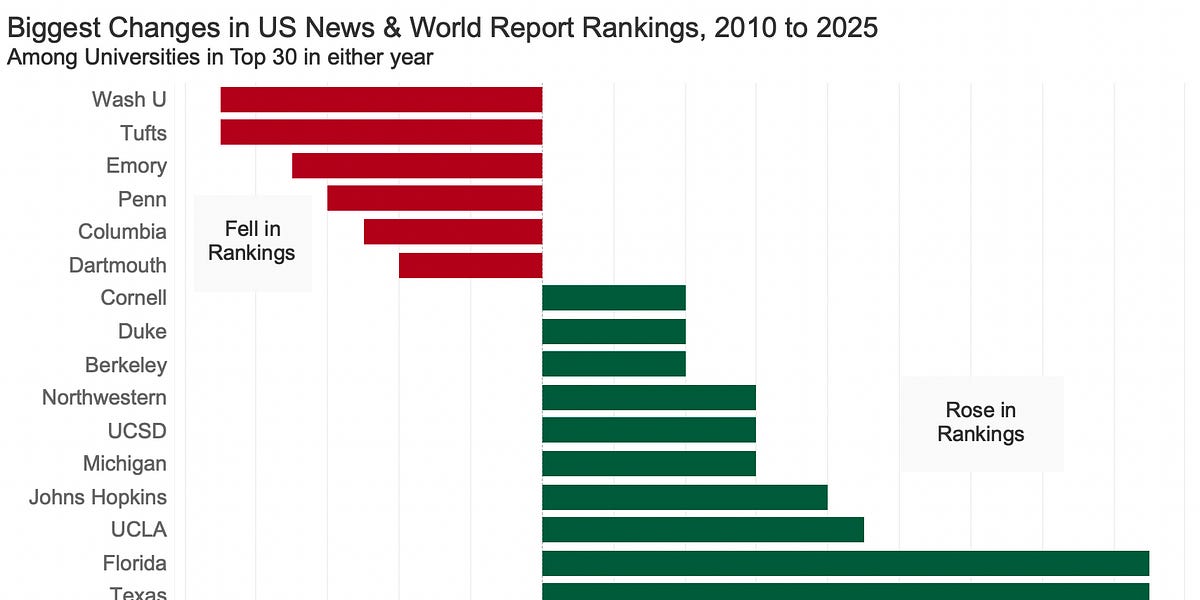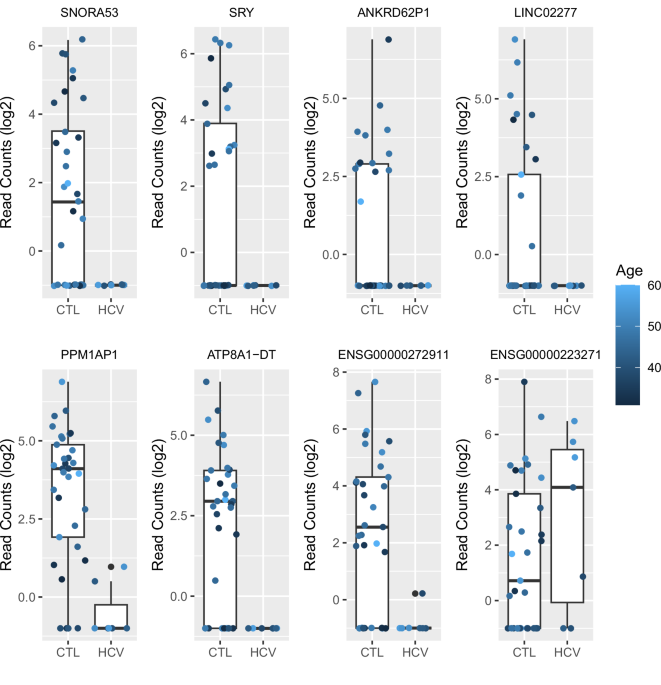Global Interdependence Center
Over the last year, Zach has written a series of articles examining the international scope of the youth mental health crisis. In his five-part series, he has shown that measures of anxiety, depression, and other measures of poor mental health among youth have worsened in the five Anglo nations, the five Nordic nations, and many other nations throughout Western and Eastern Europe. Zach has also shown that suicide rates are up for Gen Z girls across the Anglosphere, with higher rates than any generation of girls that came before them.1 He also found the same trends for emergency department visits and hospitalizations for non-fatal self-harm. In addition, Zach has documented variations in suicide and self-harm across Europe, showing that social, cultural, and religious factors have a mitigating effect on such behaviors.
But even as the evidence of a multinational youth mental health crisis increases, there are a few researchers who continue to argue that the youth mental health crisis is not real or (for some skeptics) it is grossly exaggerated in the USA and is limited to the USA. Some claim, for example, that perhaps “More check-ups, more screenings, and more protections for behavioral health conditions lead to lots of kids screening positive for depression and getting diagnosed—helping to explain the rise in self-reported depression since 2011.”2 Or those who show the “graphs that Haidt doesn’t want you to see.”3 Or those who claim that “…Indeed, most of this stuff is just the U.S. I suppose there may be a few other places here and there, but there’s no international trend, sorry.”4














